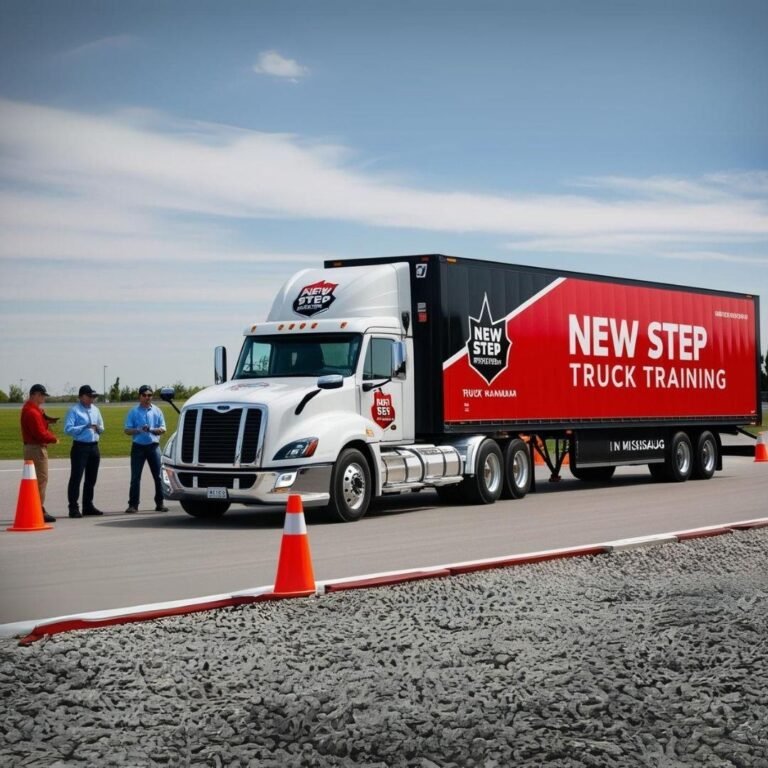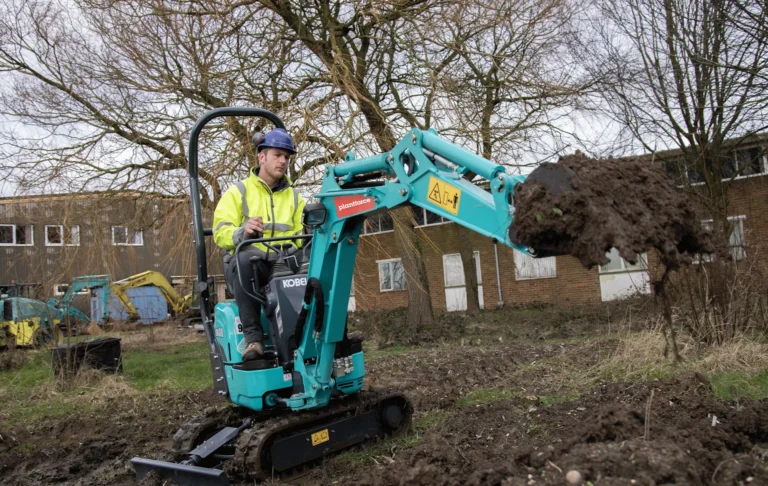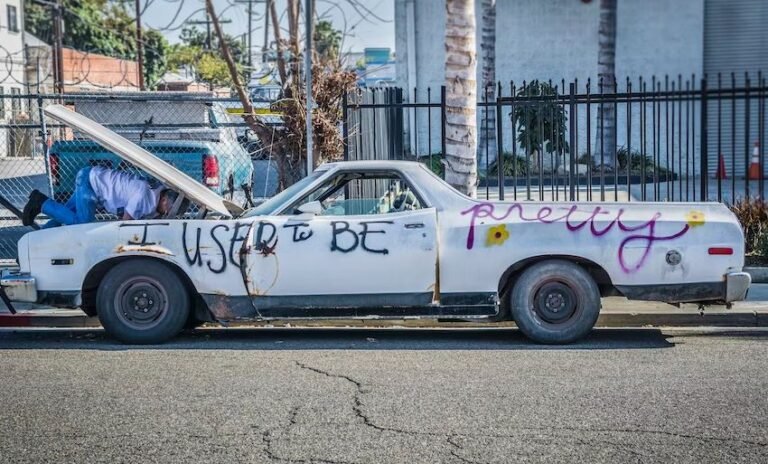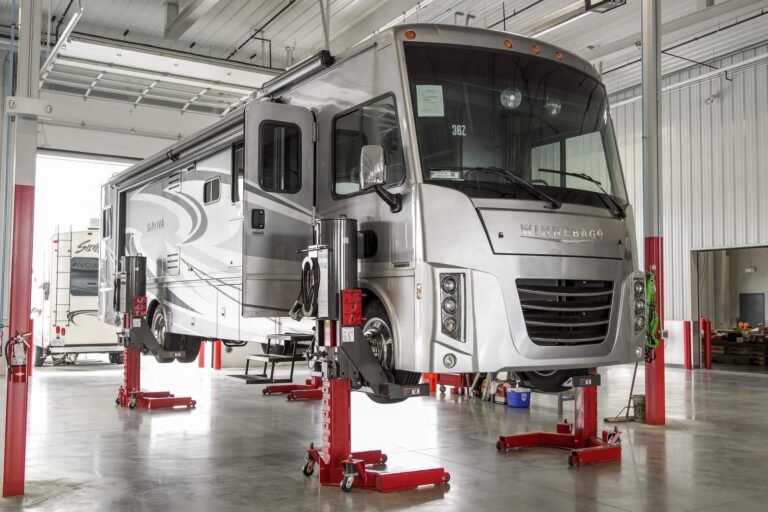Recycling Legends: Iconic Cars Found and Restored from Junkyards
The automotive world is filled with iconic vehicles that have left a lasting impact on both car enthusiasts and the general public. However, many of these legendary cars have been discarded or forgotten in junkyards, waiting for a second chance at life. Over the years, car restoration has become a thriving practice, with many passionate individuals searching for these hidden gems in scrap yards. Restoring classic cars found in junkyards not only preserves a piece of automotive history but also highlights the importance of recycling and sustainable practices in the modern world.
The Value of Finding Classics in Junkyards
Junkyards are often viewed as the final resting place for vehicles, but they can also be a treasure trove for those who know where to look. Among the wrecked and rusted vehicles, one can find classic cars that are in surprisingly salvageable condition. From vintage muscle cars to rare European models, these vehicles often require only a skilled hand and dedication to be brought back to life. For car enthusiasts, finding such a car in a junkyard represents both a challenge and an opportunity to restore a piece of automotive history that would otherwise be lost.
The process of identifying valuable cars in junkyards requires an understanding of different makes and models, as well as a keen eye for detail. Often, a car that appears to be in poor condition on the surface can have valuable parts or a solid frame underneath. These discoveries can be a source of immense satisfaction for those who are passionate about restoring old vehicles. Discover more here
The Restoration Process: Breathing New Life into Old Legends
Restoring a classic car from a junkyard is a labor-intensive process, requiring not only time but also resources and expertise. The first step is typically to assess the condition of the vehicle. This includes checking the engine, frame, and body for rust or damage. Depending on the extent of the wear, the restoration process can range from simple cosmetic repairs to a complete overhaul of the car’s mechanical systems.
One of the most exciting aspects of restoring a classic car is the ability to source authentic parts. Many restorers prefer to use original parts that were made for the specific model of the car, which adds to the authenticity and value of the restoration. In some cases, finding these parts can be challenging, leading restorers to explore online marketplaces, auctions, or even other junkyards to find what they need.
Once the mechanical and cosmetic work is complete, the final step is often repainting the car in its original color, paying attention to detail to match the historical specifications of the vehicle. This level of dedication ensures that the car is restored to its former glory and can be enjoyed by future generations.
Economic and Environmental Benefits of Car Restoration
Restoring iconic cars from junkyards is not just a hobby for enthusiasts; it also has economic and environmental benefits. From an economic standpoint, the restoration of classic cars can increase the value of a vehicle substantially. What was once a rusted shell sitting in a junkyard can become a valuable collectible worth thousands of dollars after a successful restoration. For many car enthusiasts, the investment in time and resources is well worth the reward.
From an environmental perspective, restoring old cars is a form of recycling. Instead of being left to deteriorate in a junkyard or crushed for scrap, these vehicles are given a second life. This reduces the need for new manufacturing processes, which in turn decreases the demand for raw materials and reduces the carbon footprint of the automotive industry. By reusing existing vehicles, restorers are actively contributing to a more sustainable approach to car ownership.
Preserving Automotive History
The restoration of iconic cars from junkyards is more than just a technical process; it is also a way to preserve the legacy of the automotive industry. Many of the cars that are found in junkyards are from eras that represent significant advancements in design, engineering, and culture. Cars from the 1960s, for example, often symbolize the freedom and excitement of the open road, while vehicles from the 1980s showcase the innovations that led to the modern cars we drive today.
By restoring these vehicles, enthusiasts are not only preserving a piece of history but also allowing others to experience and appreciate the craftsmanship and design that went into creating these cars. Whether they are displayed at car shows, driven on the open road, or kept in private collections, restored classic cars serve as a reminder of the rich history of the automotive industry.
The Role of Junkyards in Car Restoration
Junkyards play an essential role in the car restoration industry by providing access to a wide range of parts and vehicles that may no longer be in production. For restorers, junkyards are often the first place they turn to when searching for a project car or specific components. The affordability of parts and the potential to find rare or discontinued items make junkyards a valuable resource.
Additionally, many scrapyard today are more organized than ever before, with digital inventories and searchable databases that allow restorers to locate the exact parts or cars they need. This has streamlined the restoration process and made it easier for individuals to find what they are looking for without having to visit multiple locations.
Conclusion
The restoration of iconic cars from junkyards is a practice that combines passion, skill, and a commitment to preserving history. Whether it is a rare muscle car from the 1960s or a vintage European model, each restored vehicle tells a unique story of craftsmanship and innovation. Beyond the personal satisfaction of bringing a car back to life, the process also carries significant economic and environmental benefits. By recycling old cars and repurposing their parts, restorers are contributing to a more sustainable automotive industry while keeping the legacy of these legendary vehicles alive for future generations to enjoy.
Find more insightful blogs here.






